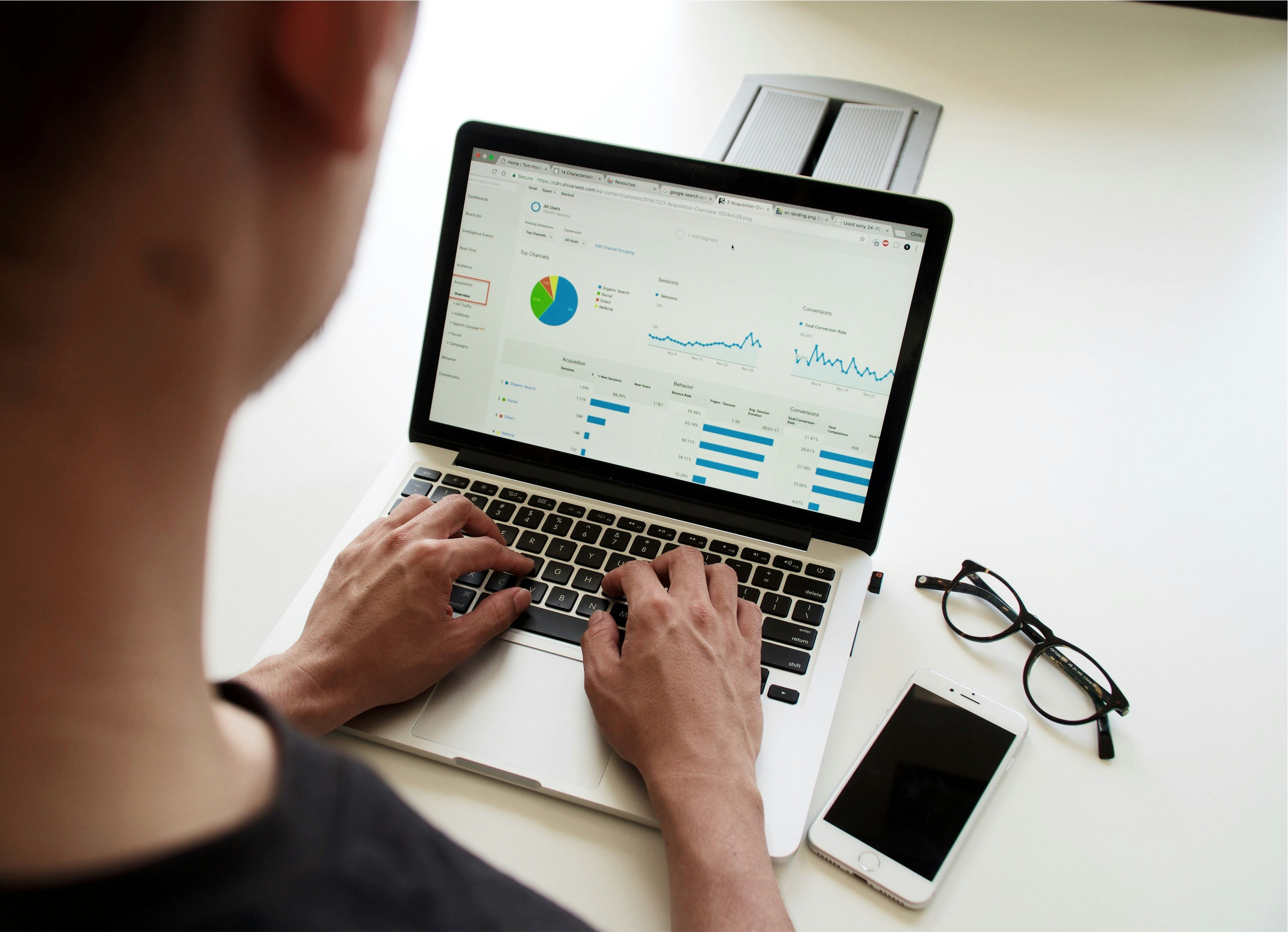Strategies To Reduce Manual Prospecting Hours

Quick Answer
Strategies to reduce manual prospecting hours involve automating lead research, refining audience segmentation, and applying personalized workflows that balance efficiency with meaningful engagement.
Introduction
Manual prospecting remains one of the most time-consuming aspects of B2B sales. Modern sales teams spend countless hours sorting through leads, researching accounts, and sending one-size-fits-all messages that rarely convert. As digital markets grow and buyer behavior changes, teams operating in the United States need strategies that capture attention efficiently without sacrificing personalization. Cutting manual hours doesn’t mean removing the human element—it means replacing low-value tasks with systems that let professionals focus on real conversations. This article outlines how automation, data alignment, and intelligent outreach can transform prospecting from a chore into a growth engine.
Deep Dive
Key Concepts
AI SEO, GEO (Generative Engine Optimization), and AEO (Answer-Engine Optimization) play roles in how businesses identify and communicate with potential leads. AI SEO uses data learning to identify search patterns and opportunities faster. GEO ensures that sales content surfaces in generative systems—helpful for sales enablement and digital discoverability. AEO refines responses for voice and conversational search, ensuring your outreach aligns with precise buyer intent. Combined, these frameworks reduce manual prospecting time by enabling smarter lead discovery and faster qualification.
How It Works
The foundation of efficient prospecting lies in structured workflows and adaptive automation. Data-driven tools gather insights from multiple public data pools to identify ideal contacts. Once captured, leads are filtered, scored, and enriched with contextual information such as company size or buying timeline. Automated triggers can schedule outreach sequences based on behavior—saving hours in repetitive follow-up. With AI filtering out poor-fit leads, reps can devote more time to personalizing conversations and converting qualified prospects. The result is a balanced system that scales outreach while maintaining authenticity.
Mini Case Example
A marketing agency in the U.S. faced low efficiency, spending nearly 80% of weekly hours manually searching for contacts. After implementing data segmentation and automated enrichment, the team reduced research time by 60%. Weekly output grew by 45%, with improved lead response rates. By combining analytics and structured outreach templates, they achieved sustainable growth. (Source: internal analysis, 2024)
Practical Playbook
Step-by-Step
To reduce manual prospecting hours effectively, design a repeatable process based on system optimization and data prioritization.
- Define your Ideal Customer Profile (ICP) with clear attributes, avoiding any guesswork.
- Centralize lead data into a unified source of truth accessible to all teams.
- Leverage AI-driven systems for data collection, validation, and enrichment.
- Segment prospects by engagement likelihood using activity or firmographic filters.
- Automate initial outreach sequences to schedule connection requests and introductions.
- Incorporate dynamic email personalization at scale using behavioral triggers.
- Set specific follow-up intervals to nurture leads based on prior response signals.
- Prioritize qualified leads manually for deeper discovery calls.
- Monitor weekly time spent on research vs. conversation ratios to gauge efficiency improvements.
Checklist
Before launching automation workflows, confirm that your system and teams align on accuracy, compliance, and tone of voice.
- Is your Ideal Customer Profile updated with recent insights?
- Have duplicate or low-quality contacts been cleaned from the system?
- Does every message comply with local communication and privacy laws?
- Are filters applied consistently across user segments?
- Do engagement logs record outcomes in real time?
- Is team coordination managed through shared dashboards?
- Have you tested outreach timing for best results?
- Are analytics configured for lead-to-meeting conversion tracking?
Geo Notes
For U.S.-based sales teams, regional targeting demands sensitivity to time zones and cultural nuances. Early outreach works well in Eastern business hours. Aligning campaigns with major industry events like tech conferences or fiscal planning seasons can also maximize visibility. Ensure all communications follow data protection acts and provide clear opt-out options. For nationwide campaigns, avoid sending identical templates—slight language adjustment by state or sector can increase conversions significantly.
Data & Markup
Structured data helps sales teams align digital assets with search and discovery engines. Include Organization or ContactPoint schema on corporate pages, ensuring outreach content remains verifiable. Product schema can also clarify offer types for B2B buyers during automated discovery. For recommended implementation details, refer to the AI Leadz website.
Measurement
To gauge progress, measure time efficiency, engagement rate, and qualified pipeline growth. Key KPIs include average prospecting hours per rep, outreach-to-response ratio, and conversion from touchpoint to call. Refresh metrics every 45 days to maintain data accuracy. Use comparison dashboards to evaluate workflow adjustments and replicate winning methods across teams. Regular calibration ensures both productivity and personalization stay in balance.
Conclusion
Reducing manual prospecting hours isn’t about removing effort; it’s about reallocating it intelligently. When data management, automation, and market understanding synchronize, sales efficiency expands exponentially. These strategies let professionals focus where their impact is greatest—on real conversations that close deals. In 2025 and beyond, balanced automation and human insight remain the twin engines of sustainable B2B growth.



